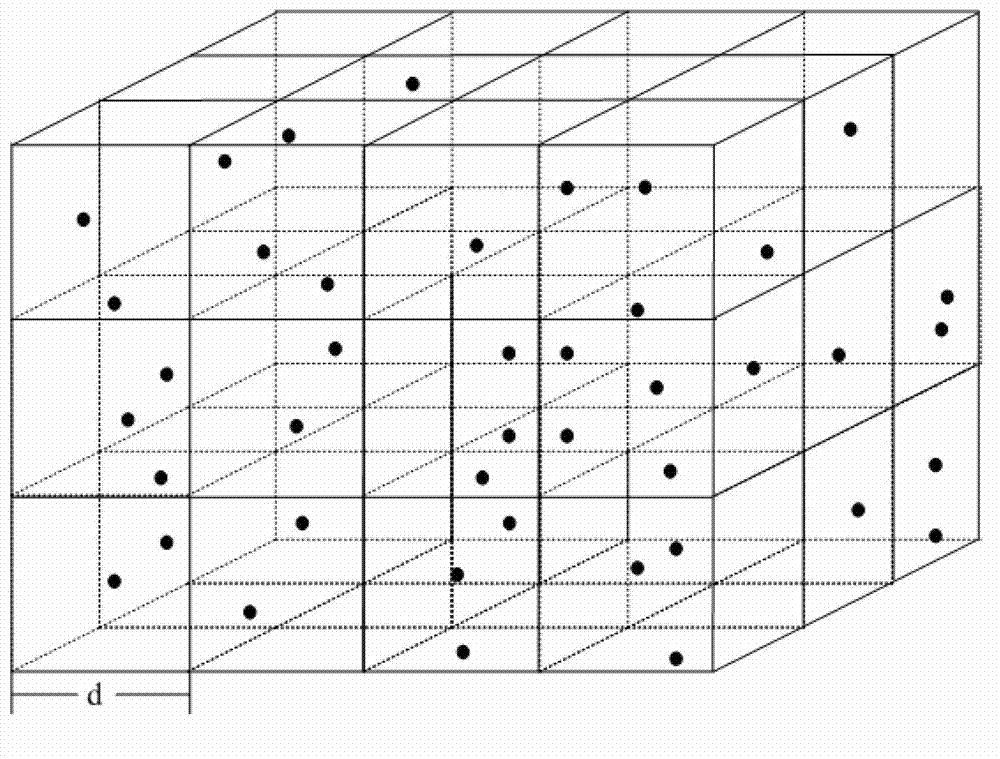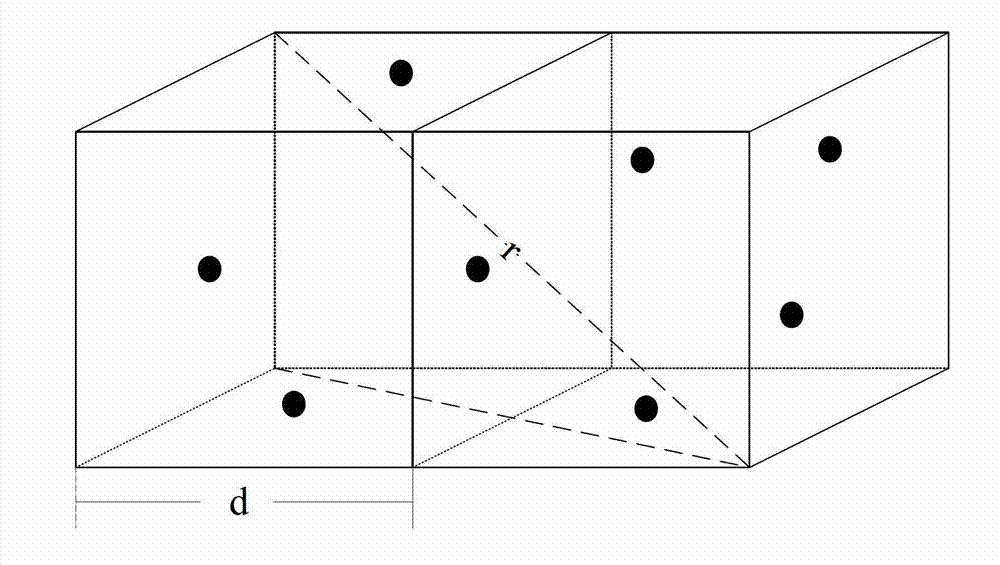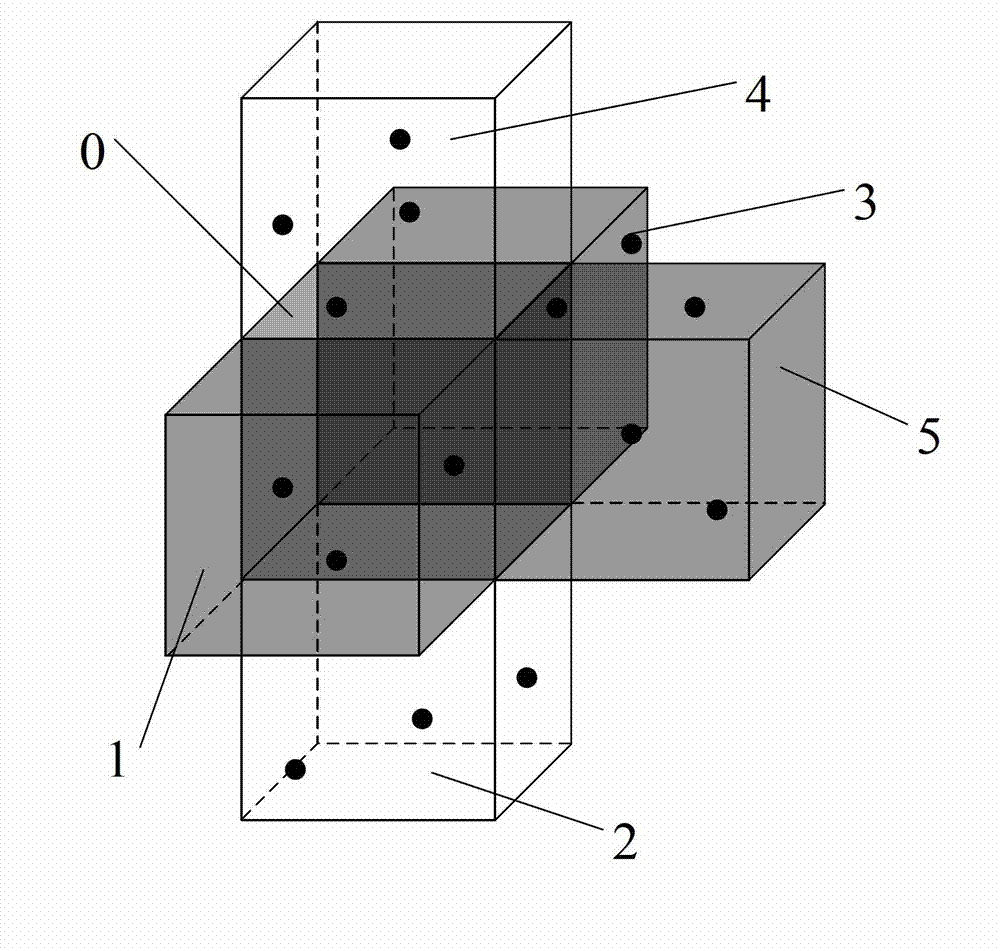Spatial region division based routing method in underwater sensor network
An underwater sensor and area division technology, applied in network topology, data exchange network, transmission system, etc., can solve the problem of inability to save energy consumption, lack of node credibility, and underwater environment specificity metrics, without considering the network In order to improve the reliability, avoid the path loop problem, and achieve the effect of transmission path
- Summary
- Abstract
- Description
- Claims
- Application Information
AI Technical Summary
Problems solved by technology
Method used
Image
Examples
Embodiment Construction
[0056] The present invention will be further described below in conjunction with the accompanying drawings and embodiments.
[0057] A routing method based on spatial region division in underwater sensor networks, including three stages:
[0058] (1) The stage of selecting the next hop area: for any ordinary forwarding node, when it selects the next hop forwarding node, first determine the small cube area where the next hop forwarding node is located;
[0059] (2) The node selection stage in the target area: the forwarding node performs sleep scheduling, and is periodically slept and woken up; in the selected target small cube area, the next-hop awake node is selected according to the forwarding rules, and the forwarding path discovery process is completed ;
[0060] (3) Path optimization stage: optimize the path found and select the optimal path.
[0061] In stage (1), the underwater sensor network can be equivalent to a three-dimensional model, which has the following char...
PUM
 Login to View More
Login to View More Abstract
Description
Claims
Application Information
 Login to View More
Login to View More - R&D
- Intellectual Property
- Life Sciences
- Materials
- Tech Scout
- Unparalleled Data Quality
- Higher Quality Content
- 60% Fewer Hallucinations
Browse by: Latest US Patents, China's latest patents, Technical Efficacy Thesaurus, Application Domain, Technology Topic, Popular Technical Reports.
© 2025 PatSnap. All rights reserved.Legal|Privacy policy|Modern Slavery Act Transparency Statement|Sitemap|About US| Contact US: help@patsnap.com



